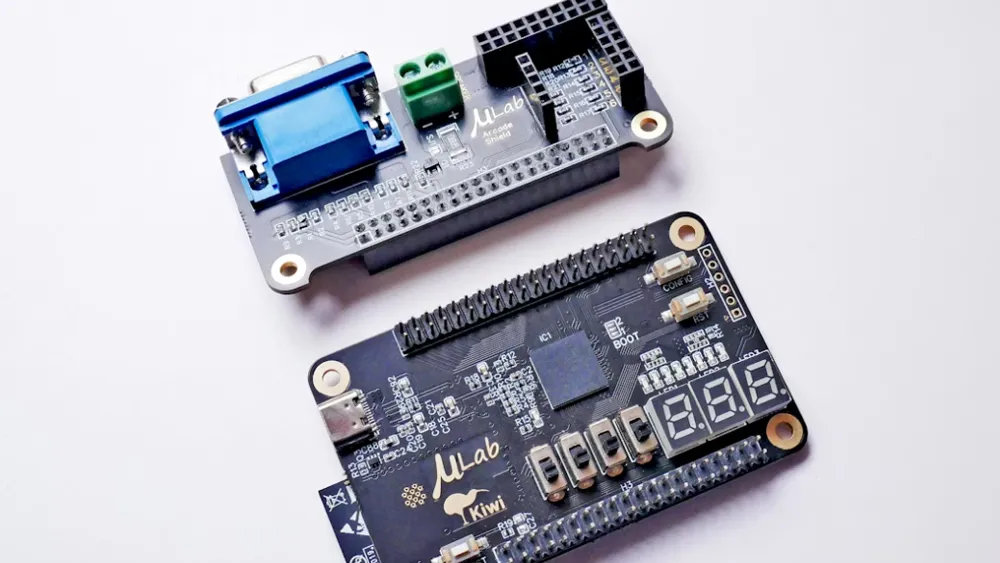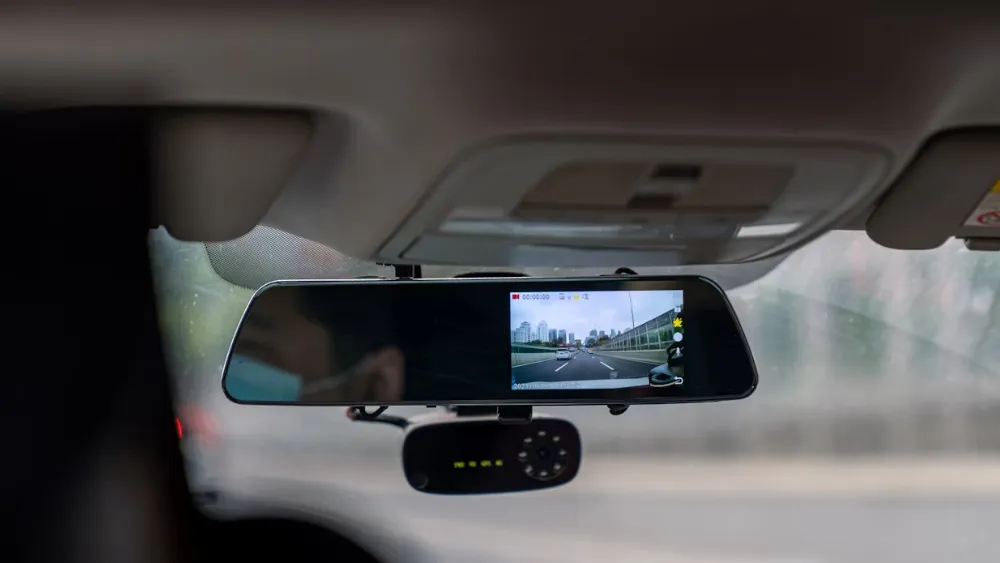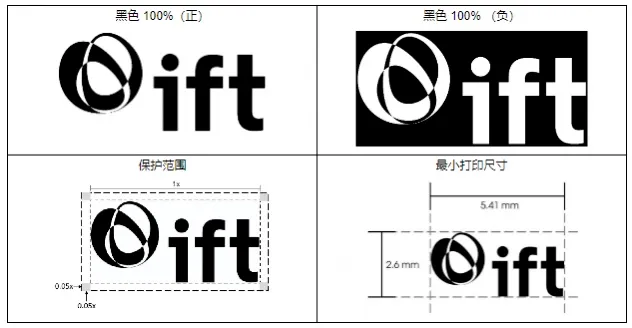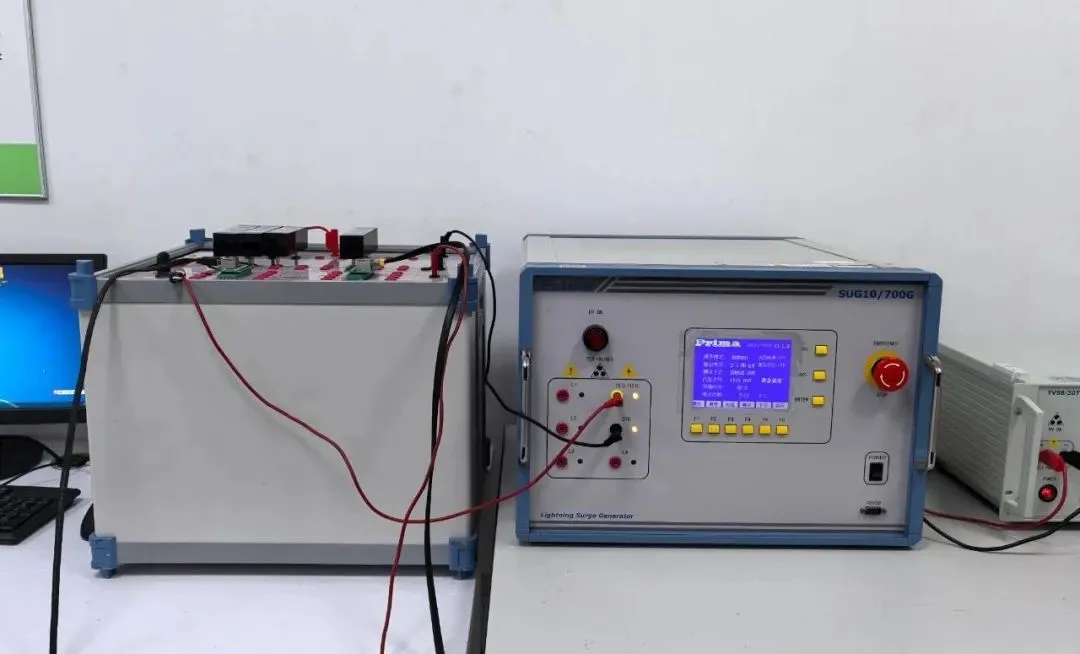
What is the 16CFR Part 1505 Testing Standard?
16CFR Part 1505 is an important regULation issued by the U.S. Consumer Product Safety Commission (CPSC) and is included in Title 16 of the Code of Federal Regulations (CFR). This regulation primarily focuses on the "Prevention of Hazardous Lead-Based Paint and Lead-Paint Hazards," with the core objective of preventing lead poisoning in children due to exposure to lead-based paint.
What is 16CFR Part 1505?
16CFR Part 1505 clearly defines restrictions on the use of lead-based paint in consumer products and related items, aiming to REDuce children's exposure to lead. Lead is a heavy metal that poses serious risks to the neurological development of children. Even at low exposure levels, it can lead to irreversible health effects such as cognitive decline and behavioral issues. The establishment and enforcement of 16CFR Part 1505 are therefore crucial for protecting children's health.
What Products Must Comply with 16CFR Part 1505?
- Children’s Products: This includes toys, walkers, children's furniture, and any painted surfaces that children might touch or chew on. These products must comply with the regulation to ensure safety.
- Residential Facilities: Homes built before 1978, especially those with painted doors, windows, railings, and walls, must comply with 16CFR Part 1505 if there is a possibility of child exposure. This is because lead-based paint was widely used in construction before 1978.
What Are the Testing Requirements for 16CFR Part 1505?
The primary test under this regulation is to determine the lead content in surface coatings of products. According to CPSC regulations, the total lead content in paint or surface coatings must not exceed 90 parts per million (ppm). The testing methods typically follow ASTM (American Society for Testing and Materials) standards, such as ASTM F963, which is the Consumer Safety Specification for Toy Safety. These standardized methods ensure the accuracy and reliability of test results.
How Long Does 16CFR Part 1505 Testing Take?
The testing duration depends on various factors, such as the number of samples, laboratory equipment availability, and personnel scheduling. Generally:
- A simple, single-sample test may be completed within 3-5 business days.
- If multiple samples or complex product structures are involved, the testing period may extend to 1-2 weeks.
How to Choose a Laboratory for 16CFR Part 1505 Testing?
Selecting a CPSC-recognized laboratory is crucial. These labs have advanced testing equipment and trained professionals to accurately conduct the required tests. Additionally, they must follow Good Laboratory Practice (GLP) guidelines to ensure scientific accuracy, fairness, and repeatability.
When choosing a lab, consider:
- CPSC Certification: Check if the laboratory has official recognition from CPSC.
- Reputation & Past Performance: Look at previous testing experience and customer reviews.
- CPSC Official Website: Verify the lab’s accreditation status on the CPSC website.
China’s JJR Laboratory provides 16CFR Part 1505 testing services.
Application Process for 16CFR Part 1505 Testing
Step 1: Prepare Samples and Documents
- Gather a sufficient number of representative test samples.
- Provide product manuals, manufacturing process details, and other relevant documents for lab assessment.
Step 2: Select a Certified Laboratory
- Use CPSC’s official resources to identify accredited labs.
- Evaluate the lab's past performance, technical expertise, and customer feedback.
Step 3: Submit a Testing Application
- Send a detailed application to the selected laboratory.
- Specify the testing standard (16CFR Part 1505), test items (lead content testing), and expected completion time.
- Pay the required testing fees as per the laboratory’s guidelines.
Step 4: Laboratory Conducts Testing
- The lab receives the samples and conducts lead content testing based on the required standard.
- Detailed records of test data and relevant information are maintained.
Step 5: Review and Issue the Test Report
- After completing the tests, the laboratory reviews the data for accuracy.
- If the product meets 16CFR Part 1505 requirements, the lab issues an official test report.
- If the product fails the test, the report will specify the non-compliant factors.
Step 6: Utilize Test Results
- A compliant test report serves as proof that the product meets legal requirements, which is essential for product sales and market entry.
- If the product fails, corrective actions must be taken, such as adjusting production processes or changing paint suppliers, before retesting.
Email:hello@jjrlab.com
Write your message here and send it to us
 What Certifications for Exporting Monitors to Euro
What Certifications for Exporting Monitors to Euro
 Bluetooth Headphones Exported to Australia Certifi
Bluetooth Headphones Exported to Australia Certifi
 What Certifications for Router Products Exported t
What Certifications for Router Products Exported t
 TIC (Power Bank UL 2056, Portable Power Station UL
TIC (Power Bank UL 2056, Portable Power Station UL
 How to get EN 18031 Certification for Wireless Pro
How to get EN 18031 Certification for Wireless Pro
 PSE, TELEC and VCCI Compliance for Cameras Exporte
PSE, TELEC and VCCI Compliance for Cameras Exporte
 NOM & IFT Compliance for Audio Equipment Expor
NOM & IFT Compliance for Audio Equipment Expor
 FCC, CE & EMC Compliance for Printers Exported
FCC, CE & EMC Compliance for Printers Exported
Leave us a message
24-hour online customer service at any time to respond, so that you worry!




